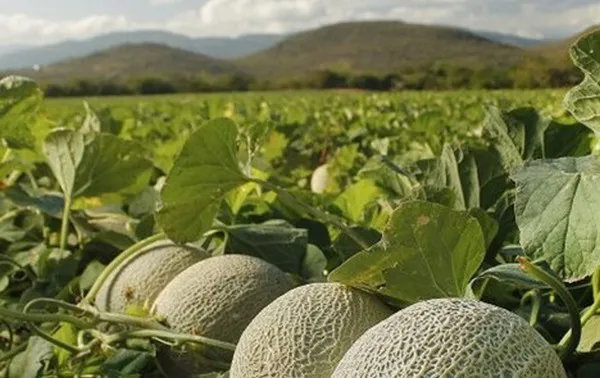It’s been said that California doesn’t have a water issue but rather a water storage issue. Following recent record rains and even flooding in the state, where does that leave things?
“A lot of water came down in California. There was the ability to catch some of it, but the main problem here continues to be the lack of available storage for these big storms. We have been experiencing these storms more often it seems over the last few years,” says Tom Conrado of Classic Fruit Company in Fresno, California.
While plantings for upcoming crops were delayed in regions such as Salinas which will likely lead to a gap in lettuce supplies in April and May, Conrado isn’t concerned about its melon crops given it already had its first field in the ground before the storms came through.
 Classic Fruit growers already had their first field in the ground before the storms came through.
Classic Fruit growers already had their first field in the ground before the storms came through.
Watching the runoff
When it comes to these rains, you’d be hard-pressed to find a grower in California who didn’t think that kind of precipitation was beneficial. “These types of rains are really good for the soil and help a lot of things within the soil. However, we can’t as farmers capture it, and I would say the majority of it was not,” says Conrado. In fact, recent headlines illuminated the anger over watching the rains run off into the Pacific Ocean.
That makes the frustration over the lack of storage hit even harder. “The first big storm that came through, the pumps were basically sitting idle. If some of it was able to reach the groundwater supplies, that would help. We were hoping that was going to happen, but there are not a lot of pumps,” he says. “If they could capture some of this water and hold it and try and get these reservoirs back in shape for the future and increase the allocations, that would be great. The majority of the water is being released already, though.”
In all, Conrado feels from a water perspective, it’s going to be another challenging year for California growers, even following all that rain. “It’s expected to be a good cannery tomato year with higher pricing because there’s less production. Melons as well can be grown using less water per acre,” he says. “It’s a good position for us to be in but I wish we had more water to be able to do it.”
 For more information:
For more information:
Tom Conrado
Classic Fruit Company
Tel.: +1 (559) 271-9200
tconrado@classicfruit.com
www.classicfruit.com
